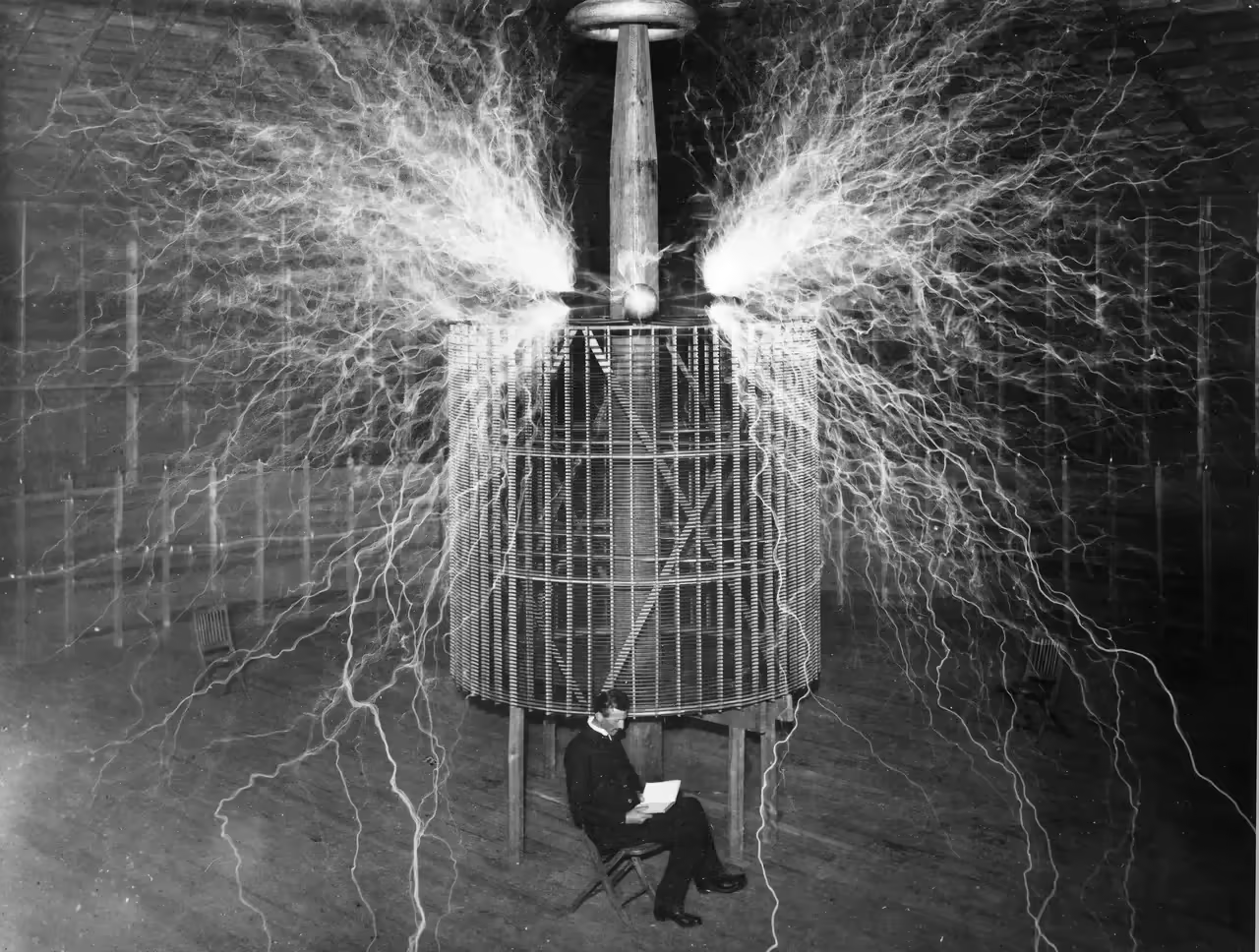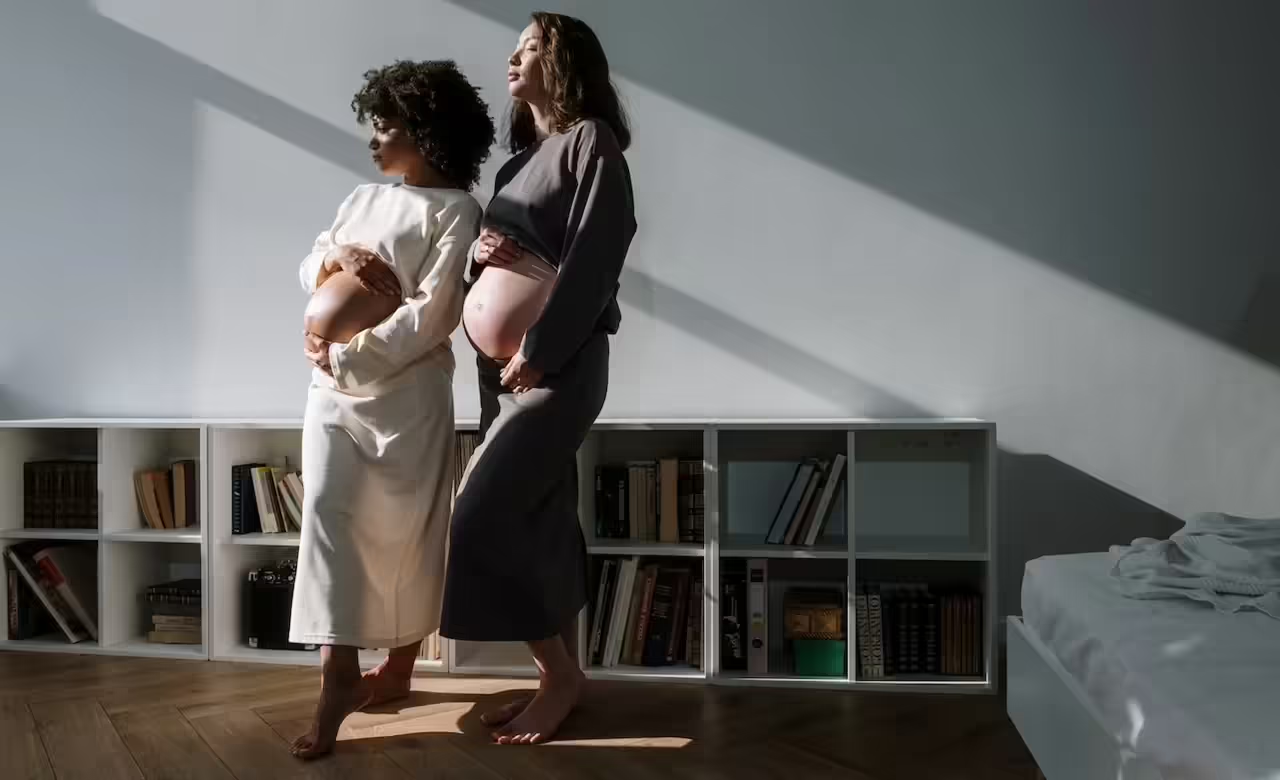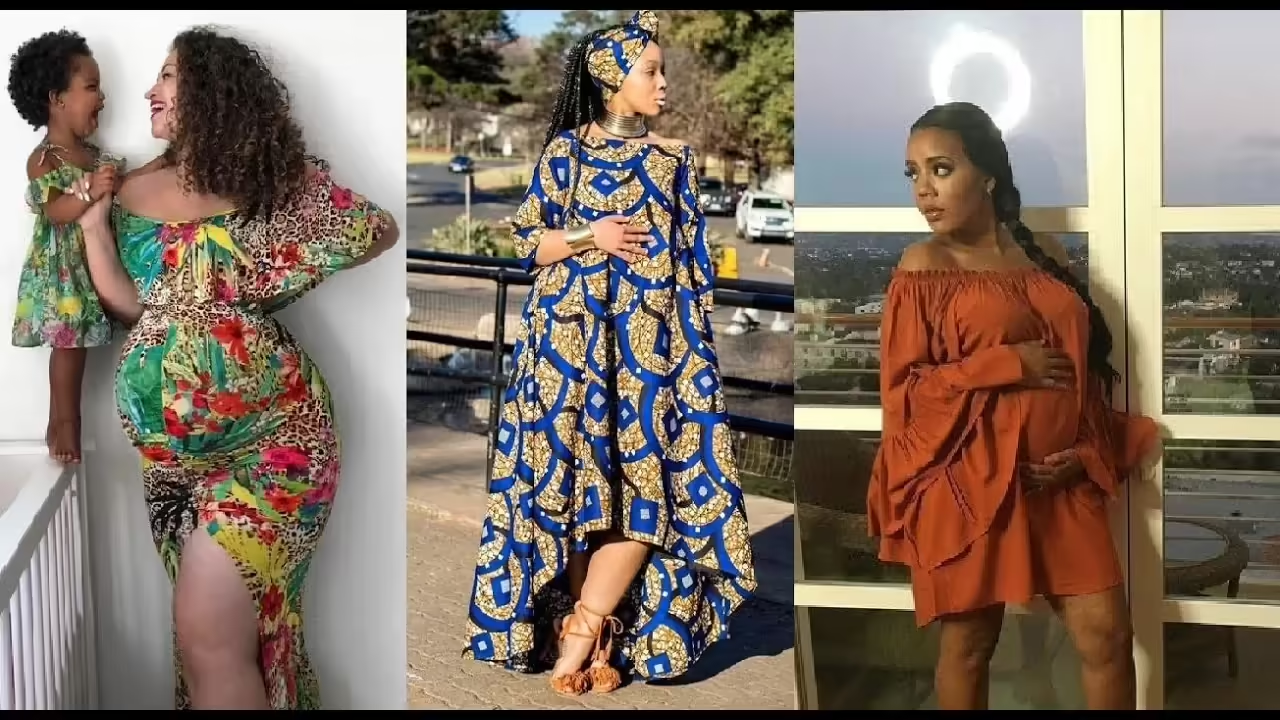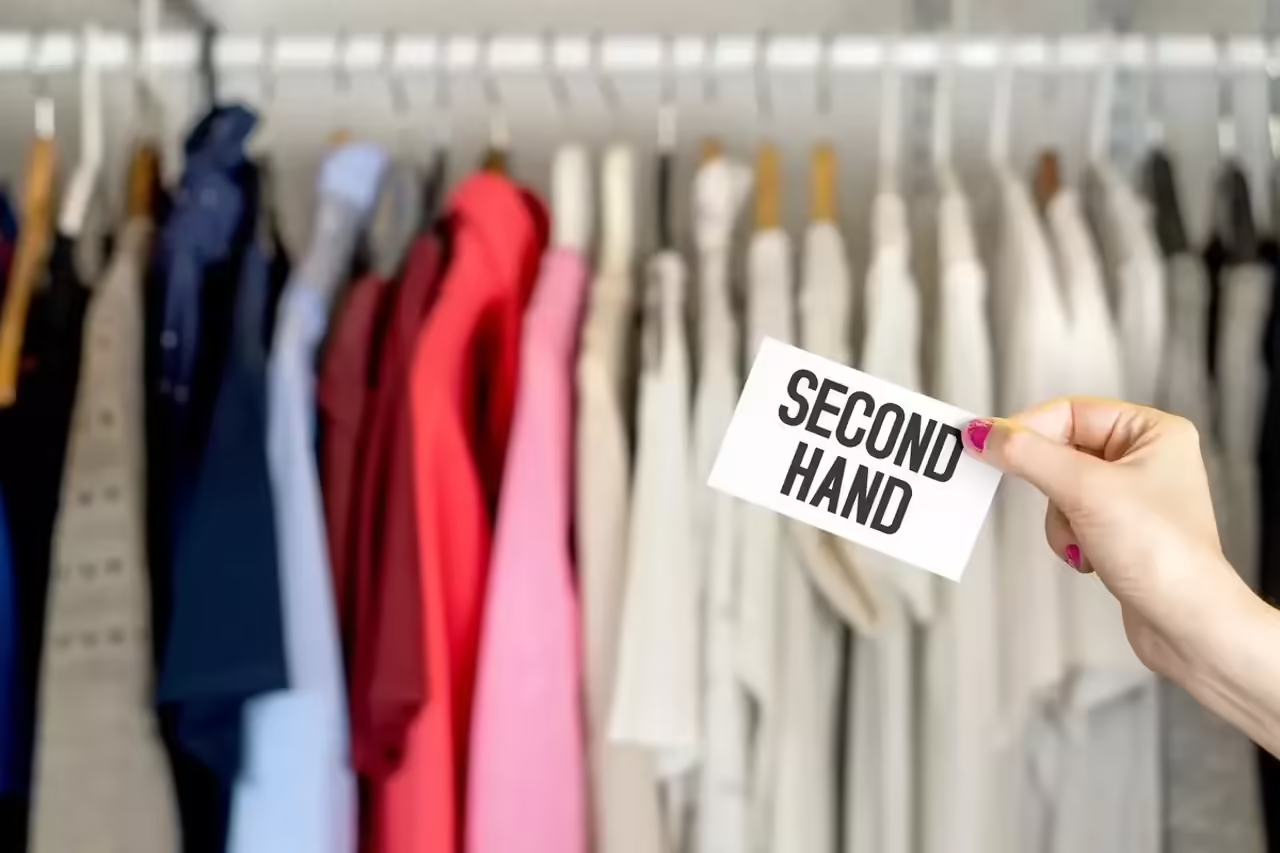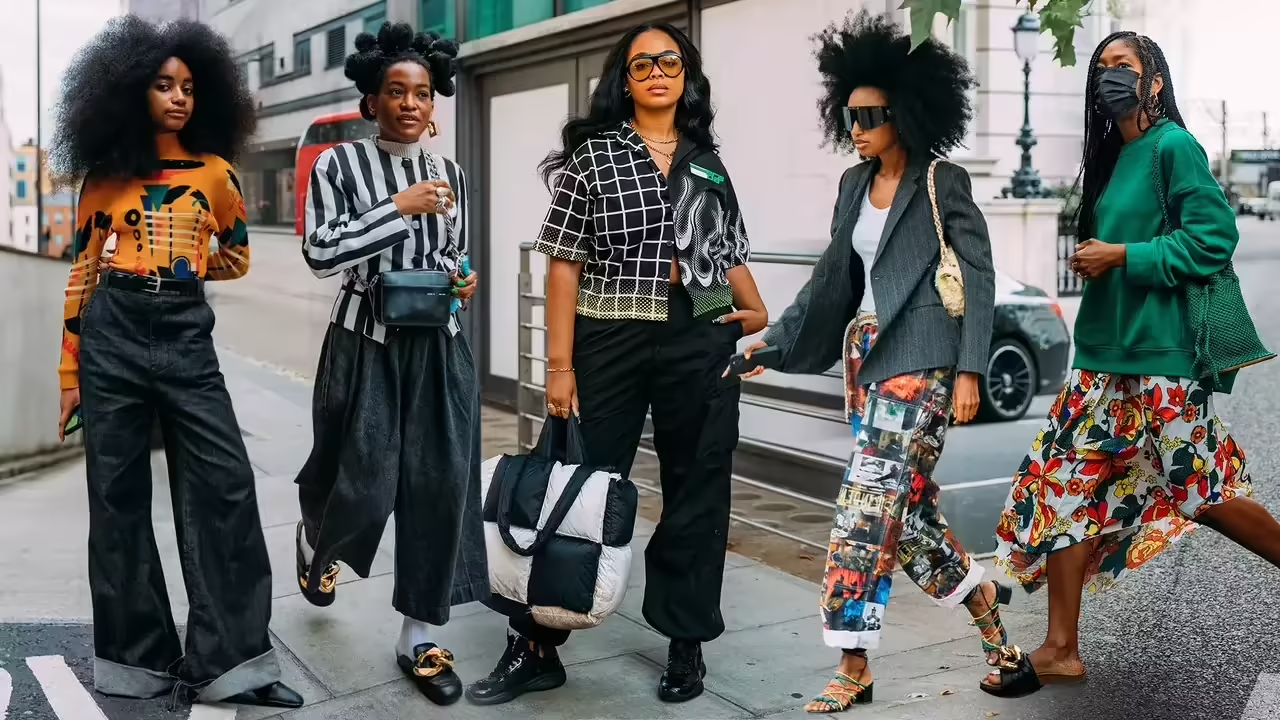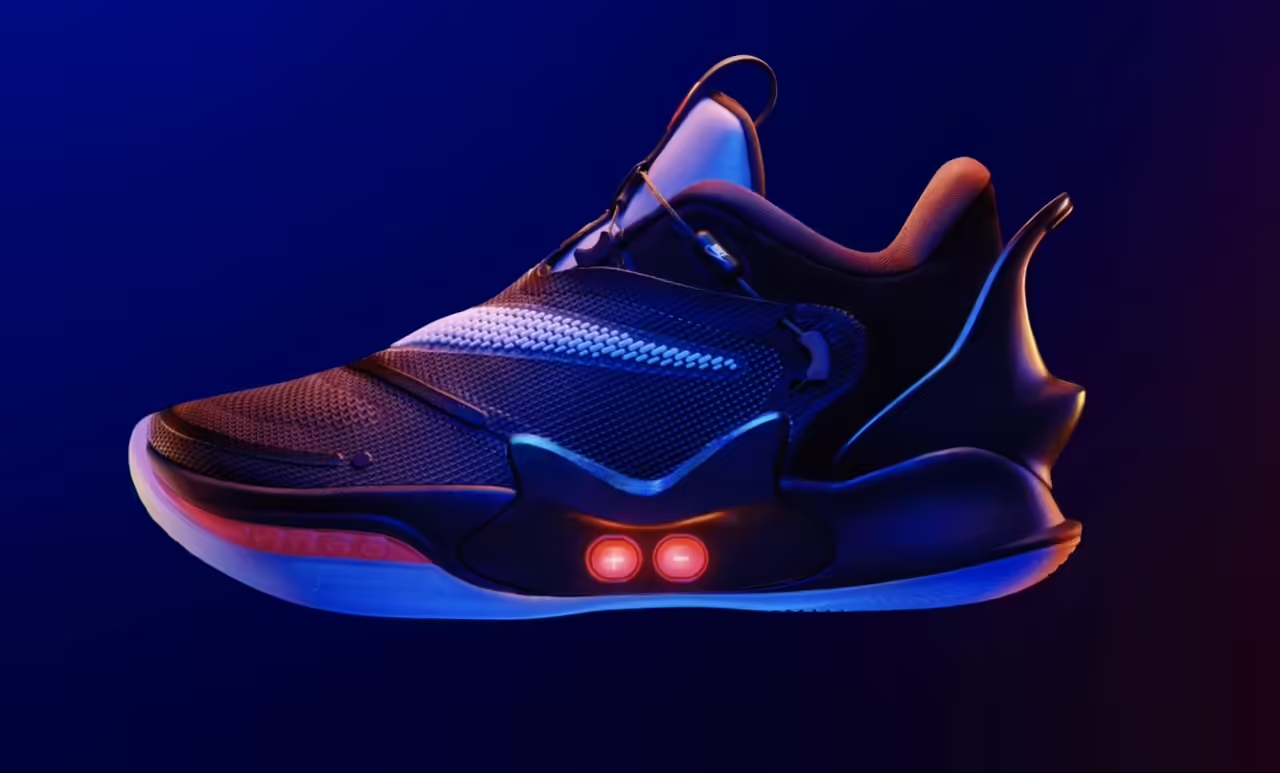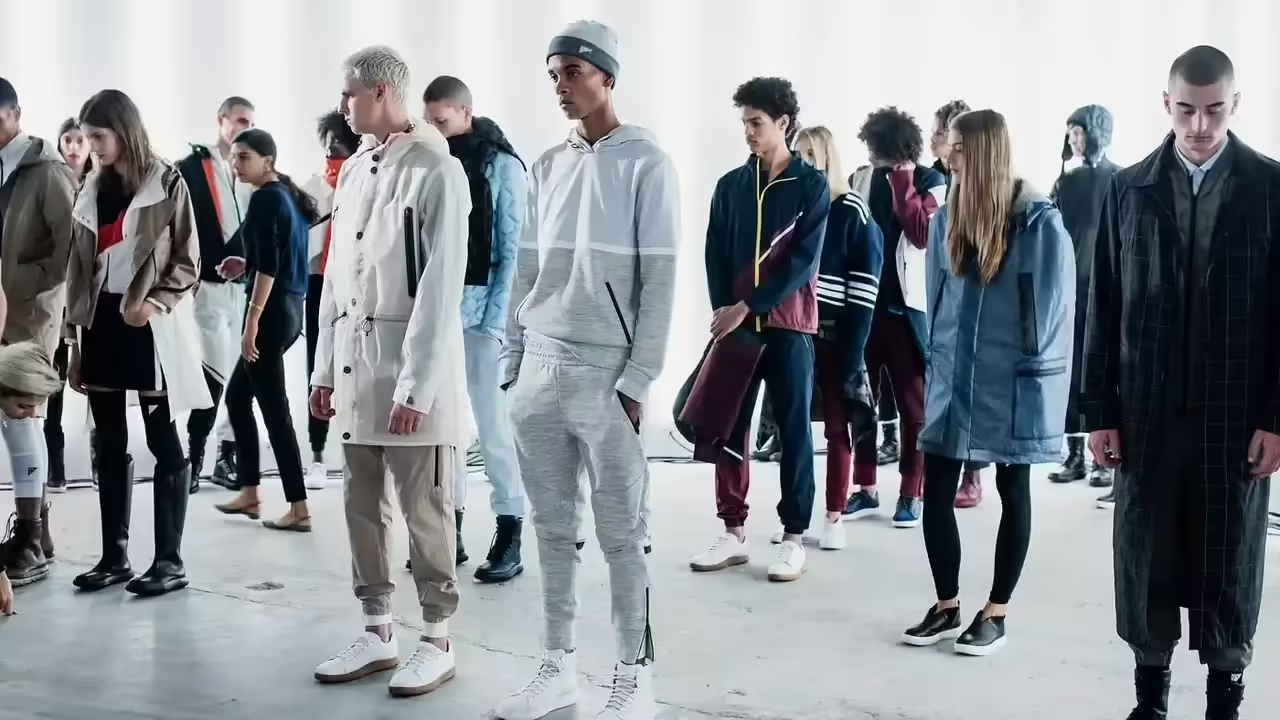
Fashion and pop culture are two powerful forces that converge in a creative embrace, generating trends, styles, and expressions that deeply influence contemporary society. The intersection of these two cultural phenomena has given rise to a unique symbiosis, where fashion becomes a means of expression that constantly reflects and redefines the tastes, values, and narratives of pop culture.
Fashion as a Cultural Language:
From its inception, fashion has been a visual language that communicates identity, status, and belonging to a community. However, in the era of pop culture, this form of expression has become even more dynamic and accessible. Contemporary fashion draws from the cultural diversity that pop culture celebrates, merging influences from music, film, television, and digital media to create a unique aesthetic language.
Pop Icons as Inspiration:
Celebrities and iconic figures in pop culture play a fundamental role in shaping fashion trends. Pop stars, actors, musicians, and media personalities are seen as style influencers, and their fashion choices become starting points for designers and enthusiasts alike. Fashion, in this way, becomes a tribute to contemporary heroes and a means of participating in a broader cultural dialogue.
Creative Collaborations:
The relationship between fashion and pop culture also manifests in creative collaborations. Designers and brands seek partnerships with artists and pop culture figures to create exclusive collections that blend the best of both worlds. These collaborations not only generate unique products but also create immersive experiences for consumers, connecting them more deeply with their cultural icons.
The Influence of Digital Media:
The digital era has amplified the connection between fashion and pop culture. Platforms like Instagram, TikTok, and YouTube have democratized access to fashion, allowing trends to spread rapidly and reach global audiences. The virality of certain styles and the ability of celebrities to connect directly with their followers have transformed how contemporary fashion is consumed and perceived.
Fashion as Cultural Narrative:
Beyond being merely an aesthetic expression, fashion in the context of pop culture becomes a cultural narrative. Each garment, each ensemble, tells a story about the society in which it is created. Fashion becomes a reflection of social, political, and technological changes, capturing the spirit of an era in a tangible and accessible way.
Pop Icons in Wardrobe: The Creative Fusion of Fashion and Popular Culture
The intersection between pop culture icons and the world of fashion has created a unique synergy, where wardrobe trends are shaped by both real-life figures and fictional characters. From fashion runways to everyday life, the influence of these pop icons on clothing is undeniable, providing a visual expression of society’s fascination with its contemporary heroes.
Celebrities as Style References:
Stars from the film, music, and television industries have played a prominent role in shaping fashion trends. From Audrey Hepburn to David Bowie, these celebrities have not only captivated their audiences with their talents but have also become style references. The iconic outfits of these figures often become timeless, influencing designers and consumers alike.
Music Icons Breaking Barriers:
The relationship between music and fashion has been intrinsically connected throughout history, and pop music icons have taken this relationship to new levels. From Elvis Presley and his tailored suits to the extravagance of Lady Gaga, pop music has challenged wardrobe norms, inspiring generations to experiment and express themselves through fashion in unexpected and exciting ways.
Fictional Characters Leaving a Mark:
Pop culture also draws from fictional characters who become enduring style references. From James Bond with his timeless elegance to Carrie Bradshaw and her love for fashion in “Sex and the City,” these characters not only exist on screen but also influence wardrobe decisions of those who admire them.
The Digital Era and the Rise of Influencers:
With the advent of social media, new types of pop icons have emerged: digital influencers. These online personalities have built massive audiences and redefined the concept of fame. Their ability to connect directly with followers has turned their wardrobe choices into instant trends, challenging the established norms of the traditional fashion industry.
Collaborations between Celebrities and Designers:
The collaboration between pop icons and fashion designers has led to exclusive collections that merge the world of entertainment with haute couture. From Rihanna’s collaboration with luxury brands to Kanye West’s creations in streetwear fashion, these partnerships not only generate media interest but also demonstrate the permeability of the boundaries between pop culture and the fashion industry.
The Transformative Power of Pop Fashion:
Fashion derived from pop icons is not just a matter of aesthetics; it also has transformative power. Clothing becomes a form of personal expression and a tool to challenge social expectations. The wardrobe of pop icons becomes a medium to convey messages, spark conversations, and redefine standards of beauty and style.
Current Trends in Pop Fashion: Reflecting the Diversity and Creativity of Contemporary Culture
Pop fashion, as a direct reflection of popular culture, is constantly evolving and adopting new influences. Currently, various trends have emerged, blending the contemporary with the nostalgic, and the mainstream with the avant-garde. These trends not only reflect cultural diversity but also celebrate creativity and personal expression.
Renewed Nostalgia:
Current pop fashion is infused with a strong dose of nostalgia. Designers and brands are reviving styles and iconic elements from past decades, such as the ’80s and ’90s, reinterpreting them in a fresh and modern way. From retro sportswear to vintage prints, pop fashion delves into the past to create something new and exciting.
Streetwear and Urban Fashion:
Influenced largely by hip-hop culture and urban style, contemporary pop fashion embraces streetwear. Oversized garments, eye-catching sneakers, and the street aesthetic have become essential elements of pop fashion, marking a unique fusion between street style and high fashion.
Collaborations between Haute Couture and Streetwear:
The collaboration between haute couture designers and streetwear brands has reached new heights. Unexpected collaborations between luxury fashion houses and urban brands result in collections that defy expectations and broaden the audience of pop fashion. These partnerships often blend the sophistication of haute couture with the authenticity and accessibility of streetwear.
Vibrant Prints and Bold Graphics:
Contemporary pop fashion embraces bold visual expression through vibrant prints and striking graphics. From iconic logos to abstract designs and saturated colors, clothing becomes a form of moving art, capturing attention and boldly expressing individuality.
Sustainability and Social Awareness:
Current pop fashion also reflects a growing social and environmental awareness. Designers and brands are adopting sustainable practices, using recycled materials, and promoting transparency in the supply chain. Eco-friendly trends and ethical fashion are gaining momentum, reflecting contemporary sensitivity to environmental and social issues.
Influence of Digital Culture:
With the prevalence of social media and digital culture, pop fashion finds inspiration in memes, emojis, and internet symbols. These elements are integrated into prints, accessories, and designs, creating a unique aesthetic that reflects the growing connection between fashion and digital culture.
Individualism and Customization:
Current pop fashion values individuality and customization. From DIY fashion to brands offering customization options, clothing becomes a unique expression of each individual’s identity. The idea of “being yourself” translates into unique garments and distinctive style statements.
From Screen to Runway: The Creative Fusion of Fashion and Pop Culture
The intersection between fashion and pop culture has reached new heights with the migration of characters and styles from the screen to the runway. This phenomenon has not only transformed how we perceive fashion but has also created a space where the visual narrative of pop culture comes to life through clothing.
Iconic Characters as Style Icons:
Characters from movies, TV shows, and video games have become true style icons. From the impeccable suits of James Bond to the urban rebellion of characters from series like “Stranger Things,” fashion inspired by these characters has become a way to express admiration and connection with stories that have captured popular imagination.
Collections Inspired by Fictitious Universes:
Designers and fashion houses have embraced the opportunity to bring screen fantasies to reality through collections inspired by fictional universes. Brands like Louis Vuitton collaborate with video game designers, and collections based on movies and series, such as “Star Wars” or “Harry Potter,” have conquered the runways, creating immersive experiences that go beyond clothing.
Celebrity Style on the Red Carpet:
The red carpet has become a crucial stage where pop fashion and popular culture converge. Celebrities, aware of their influence, use fashion as an extension of their public narrative. The dresses and suits showcased at events like the Oscars or Met Gala become cultural moments and reference points for future trends.
Cosplay and Fan Fashion:
Pop fashion has inspired a unique subculture: cosplay. Fans meticulously recreate the costumes of their favorite characters, actively participating in conventions and social media events. This form of expression not only honors the original narrative but also demonstrates how pop fashion can transcend screens and become an integral part of fan identity.
Impact of Digital Culture:
Digital culture has amplified the connection between fashion and pop culture. Platforms like Instagram and TikTok allow fans to share their interpretations of character styles, creating online communities dedicated to pop-inspired fashion. Viral trends often originate in these digital spaces, bringing the influence of pop culture to a global audience.
Collaborative Brands and Special Editions:
The collaboration between fashion brands and pop culture properties has resulted in unique collections and special editions. From movie-inspired sneakers to clothing lines based on animated characters, these collaborations blend fashion design with the visual narrative of pop culture, creating coveted products that transcend traditional categories.
Thematic Runway Shows and Immersive Spectacles:
Innovative designers have taken pop fashion to another level by creating thematic runway shows and immersive spectacles. Brands like Moschino have presented runway shows that evoke cartoon aesthetics, while other designers have recreated fictional worlds on the catwalk. These events not only showcase clothing but also tell visual stories that captivate the audience.
